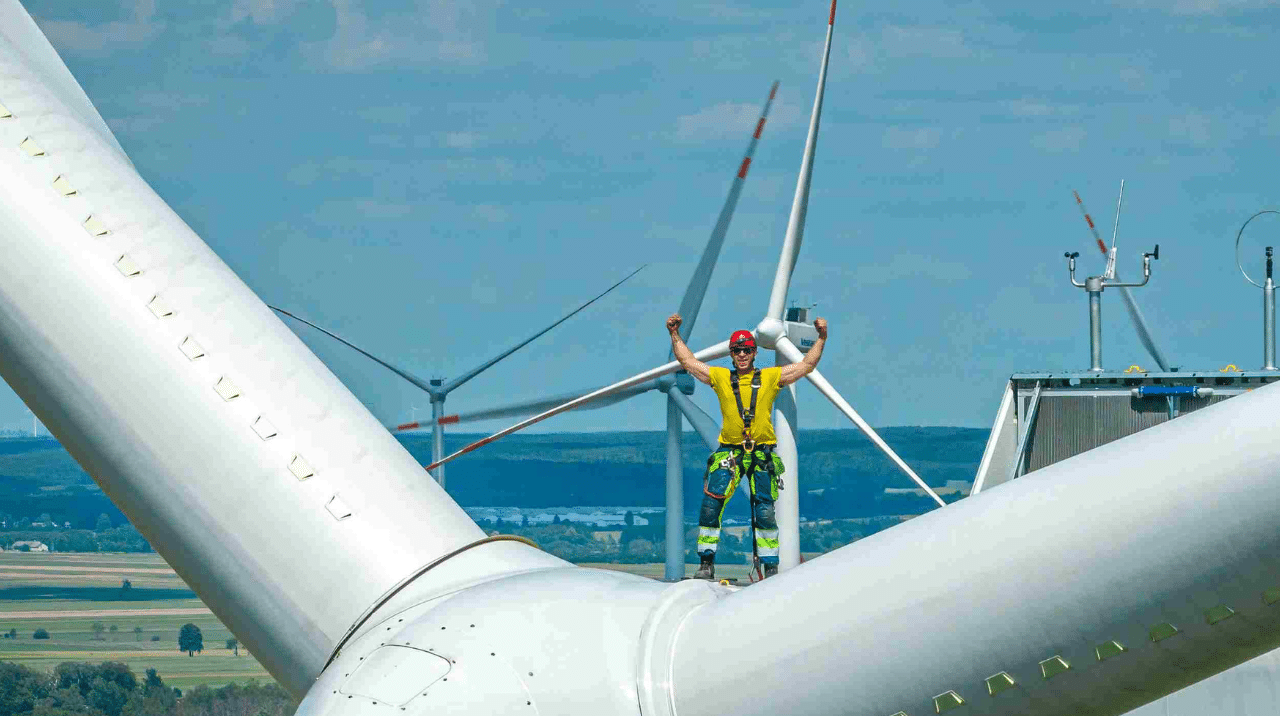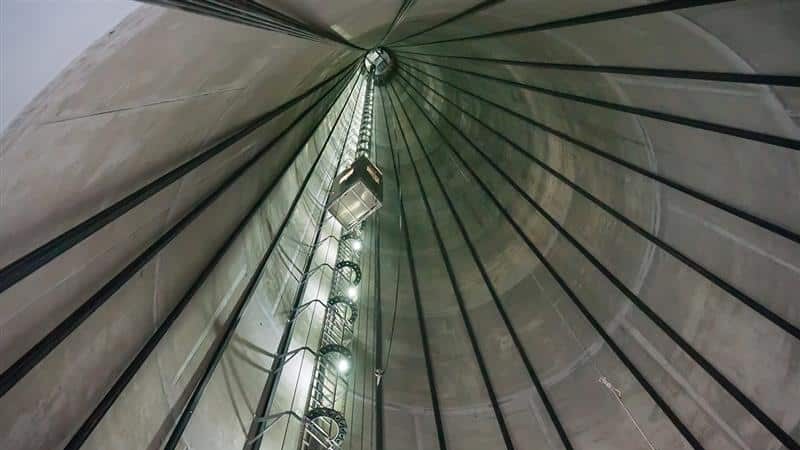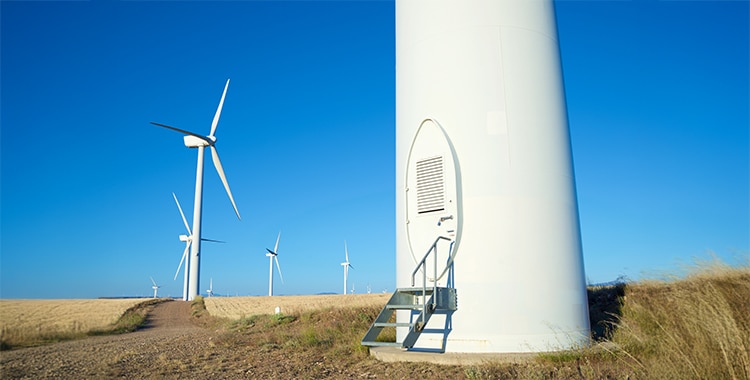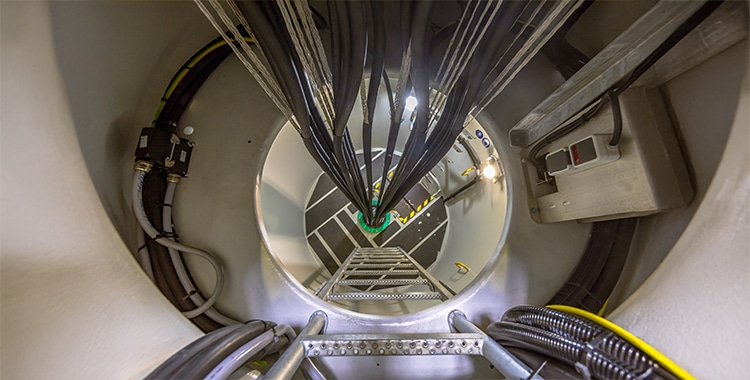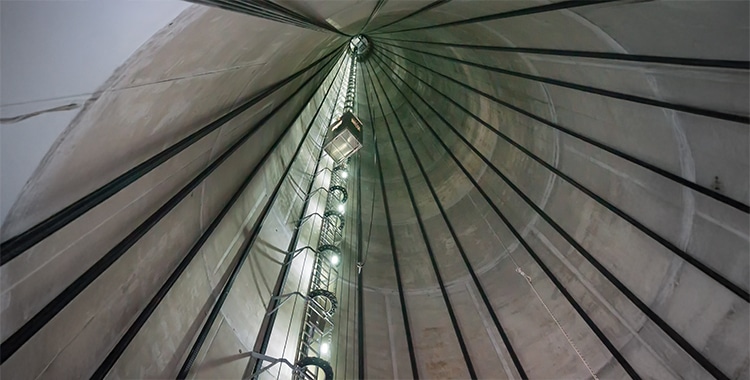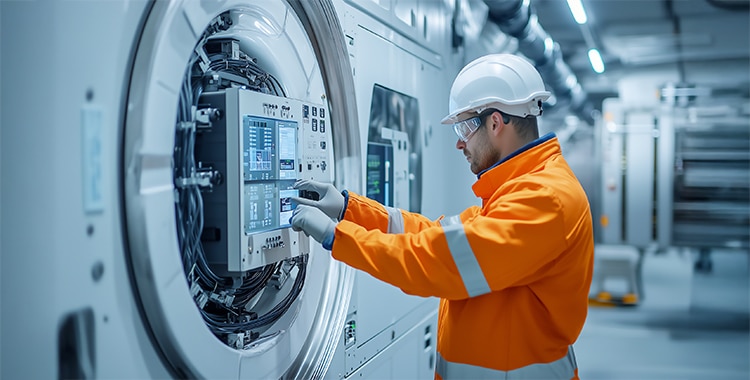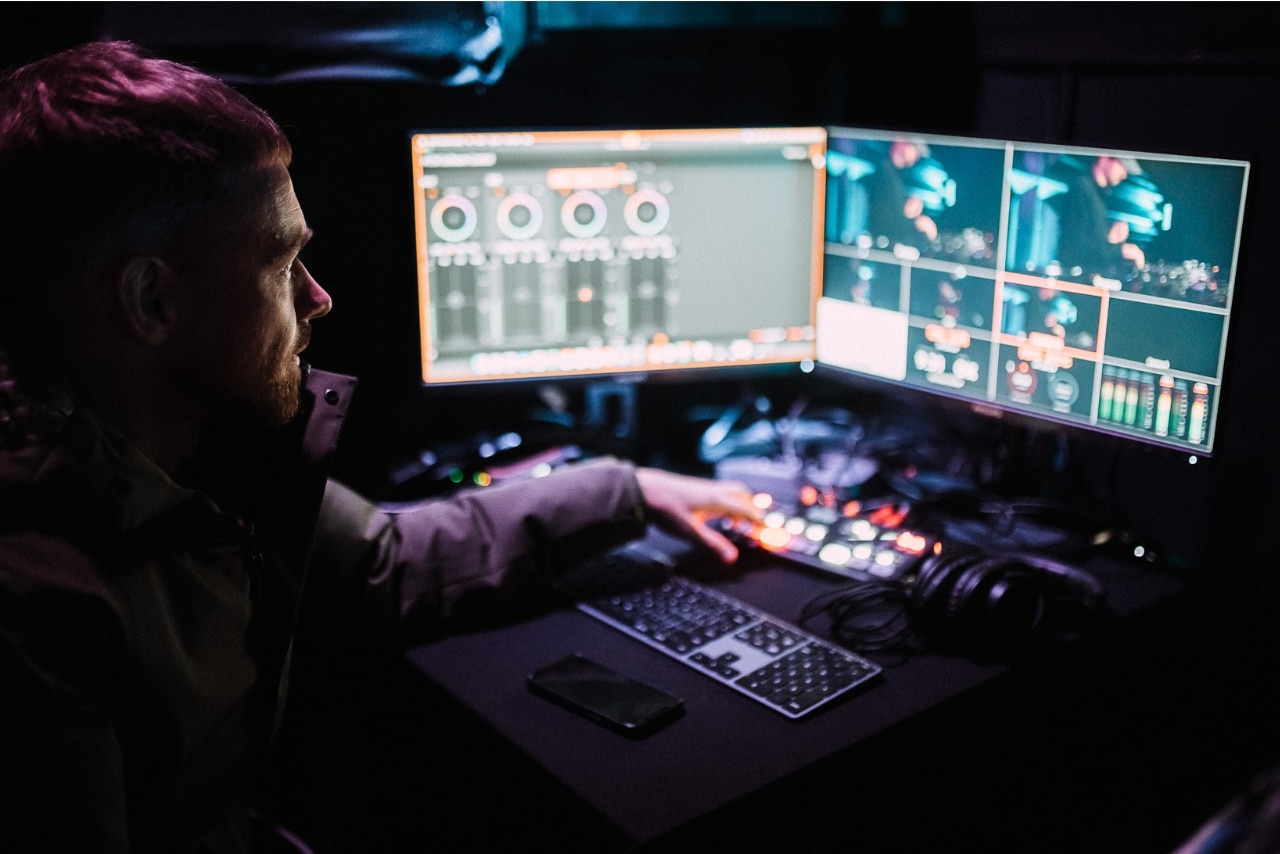What is Renewable Energy?
Renewable Energy Sources, or RES, utilizes natural processes occurring in the environment, such as wind, sunlight, water, biomass, or geothermal energy, to produce power. This makes it:
- Environmentally friendly – it does not emit greenhouse gases or other pollutants,
- Diverse and flexible – it can be adapted to local geographical conditions,
- Economically beneficial – as it creates new jobs and increases energy independence.
Why Work in the Renewable Energy Sector?
Working in the renewable energy industry offers many advantages that can appeal to both new employees and experienced professionals. Here are a few reasons to consider a career in this sector:
Innovation and Growth
The Renewable Energy sector is driven by continuous growth, achieved through the implementation of new technological solutions and the improvement of existing ones. From an employee’s perspective, this growth translates into significant opportunities to shape their career path and develop professionally.
Stable and Attractive Employment Conditions
Employees who choose to build their future in the Renewable Energy sector can count not only on job stability – thanks to the industry’s dynamic growth and the creation of numerous new positions – but also on attractive working conditions, including competitive salaries.
A Job with a Mission
By working in the Renewable Energy sector, you become part of the energy transformation aimed at reducing greenhouse gas emissions and minimizing dependency on fossil fuels.

How to Start Working in the Renewable Energy Sector?
The Renewable Energy industry offers a wide range of job opportunities – from engineering roles and sales positions to business support departments.
Below, together with our HR team, we answer the most frequently asked questions from those interested in starting a career in this field.
Is a Higher Technical Education Necessary to Start a Career in the Renewable Energy Sector?
A higher technical education is not a mandatory requirement to begin working in the Renewable Energy sector. For example, you can start a career as a service technician with a technical secondary education. However, if you aim to grow within project execution roles – such as a construction engineer or, in the future, a construction site manager – higher technical education becomes a necessity.
It’s also worth considering roles related to business development. If you aspire to become a business developer, completing studies in finance, economics, or related fields is recommended.
Desired Skills in the Renewable Energy Sector
Education is just one of many factors considered when selecting candidates during the recruitment process. Employment in the Renewable Energy sector often involves working in an international environment, making language skills—particularly English proficiency—a valuable asset. Additionally, due to the nature of the work, well-developed soft skills, such as communication and teamwork abilities, are a significant advantage.
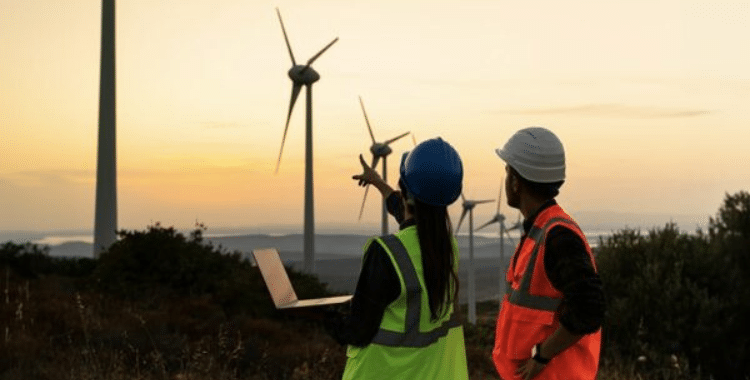
Where to Find Job Offers in the Renewable Energy Sector?
You can find job offers for positions in the Renewable Energy sector on popular job boards and in the careers sections of industry-specific company websites.
If you’re looking for growth opportunities in the Renewable Energy sector, don’t wait—check out the current job openings at Electrum and apply today
Renewable Energy Jobs – Summary
Working in the Renewable Energy sector offers not only professional development opportunities but also the chance to contribute to a mission that supports environmental protection and sustainable development. With the right education and experience, you can expect stable employment and attractive working conditions.

